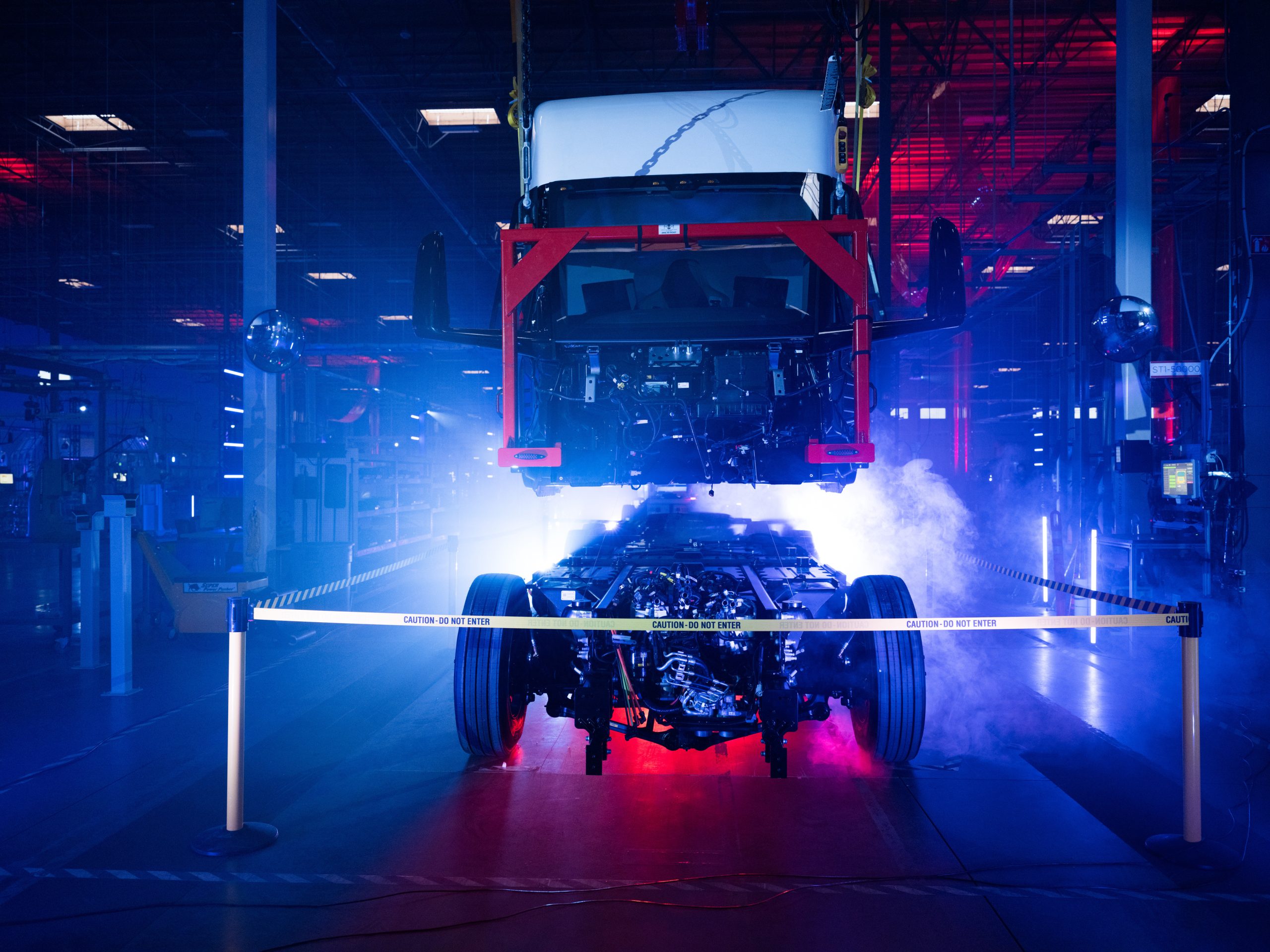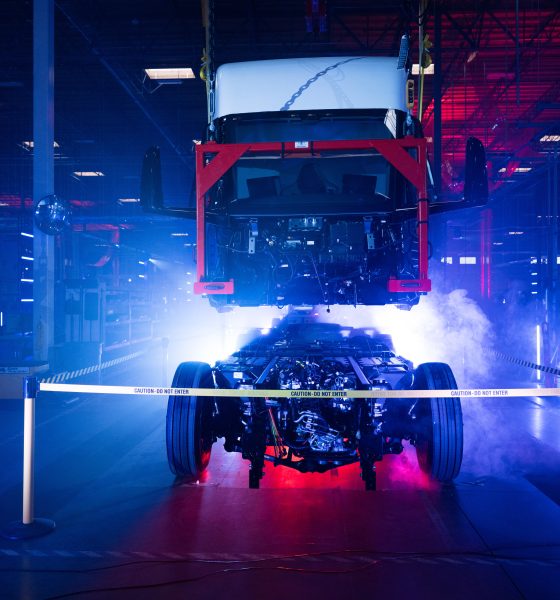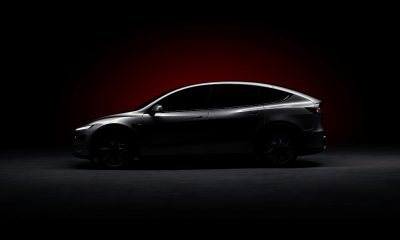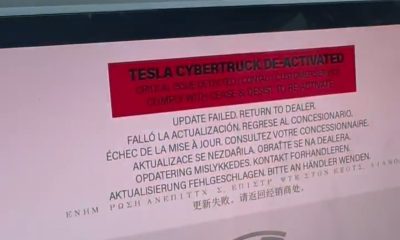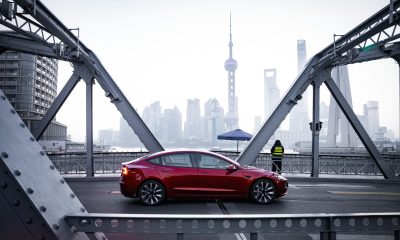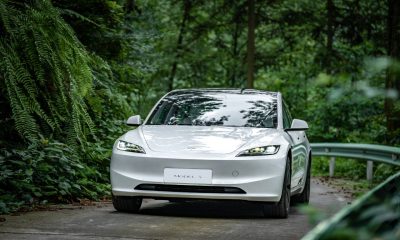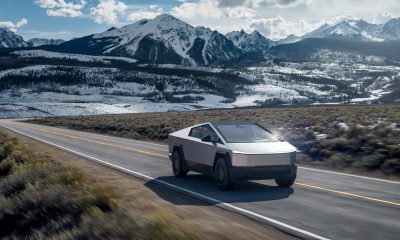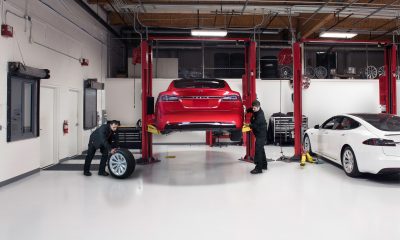During the third quarter earnings call, CEO Elon Musk commented that the demand for the Tesla Semi is “ridiculous.” This was because the Class 8 all-electric truck’s operating costs are so low that it would be silly for businesses not to use it.
“Fundamentally, if you’ve got a (Tesla) Semi, the fully considered cost per mile per ton of transport is better than a diesel truck. Any company that doesn’t adopt an electric Semi will lose. It’s not a subjective thing,” Musk said during the Q3 2024 earnings call.
Beyond the low operating costs of the Tesla Semi, however, the vehicle also features a bit benefit to the roads. As highlighted by the CEO during the Semi’s first delivery event, conventional semi trucks comprise just about 1% of the vehicles on the road, but they are responsible for 20% of the emissions. This means that the Semi could very well be the Tesla that could make the most difference when it comes to helping keep the air clean.
These plots/pictures from the lockdowns in the fortold the future we will bring. You don't have to imagine if there were only zero emissions with every vehicle on the road. We saw what happened on these few days. It was real. Help us make it real every day. Buy a Tesla! pic.twitter.com/PDAP2U28OB— Lars (@larsmoravy) October 25, 2024
This point was recently highlighted by Tesla Vice President of Vehicle Engineering Lars Moravy in a comment on social media platform X. In response to a post from Tesla’s official account, which noted that more EVs on the road means quieter cities and highways, Moravy noted that the lockdowns a few years ago showed that clean air in cities and highways is achievable.
Moravy also provided an update on the Tesla Semi, stating that the vehicle is coming en masse shortly. “Tesla Semi is coming in mass shortly and we made it so compelling, anyone who does not use it will be left behind! Tesla’s goal – make products people love – or in this case, heavy goods transportation companies,” Moravy wrote in his post.
Absolutely – Tesla Semi is coming in mass shortly and we made it so compelling, anyone who does not use it will be left behind! Tesla's goal – make products people love – or in this case, heavy goods transportation companies ?— Lars (@larsmoravy) October 25, 2024
While the Tesla Semi is still in its early production, the Class 8 all-electric truck is already being deployed by customers such as PepsiCo. Production of the Tesla Semi is likely to accelerate next year as well, as the company noted in its Q3 2024 Update Letter that “preparation of the Semi factory continues and remains on track with builds scheduled to start by the end of 2025.”
Don’t hesitate to contact us with news tips. Just send a message to simon@teslarati.com to give us a heads up.
News
Tesla Model Y L spotted in Europe ahead of expected September China launch
Tesla’s long-wheelbase Model Y L has seemingly been spotted in Europe.
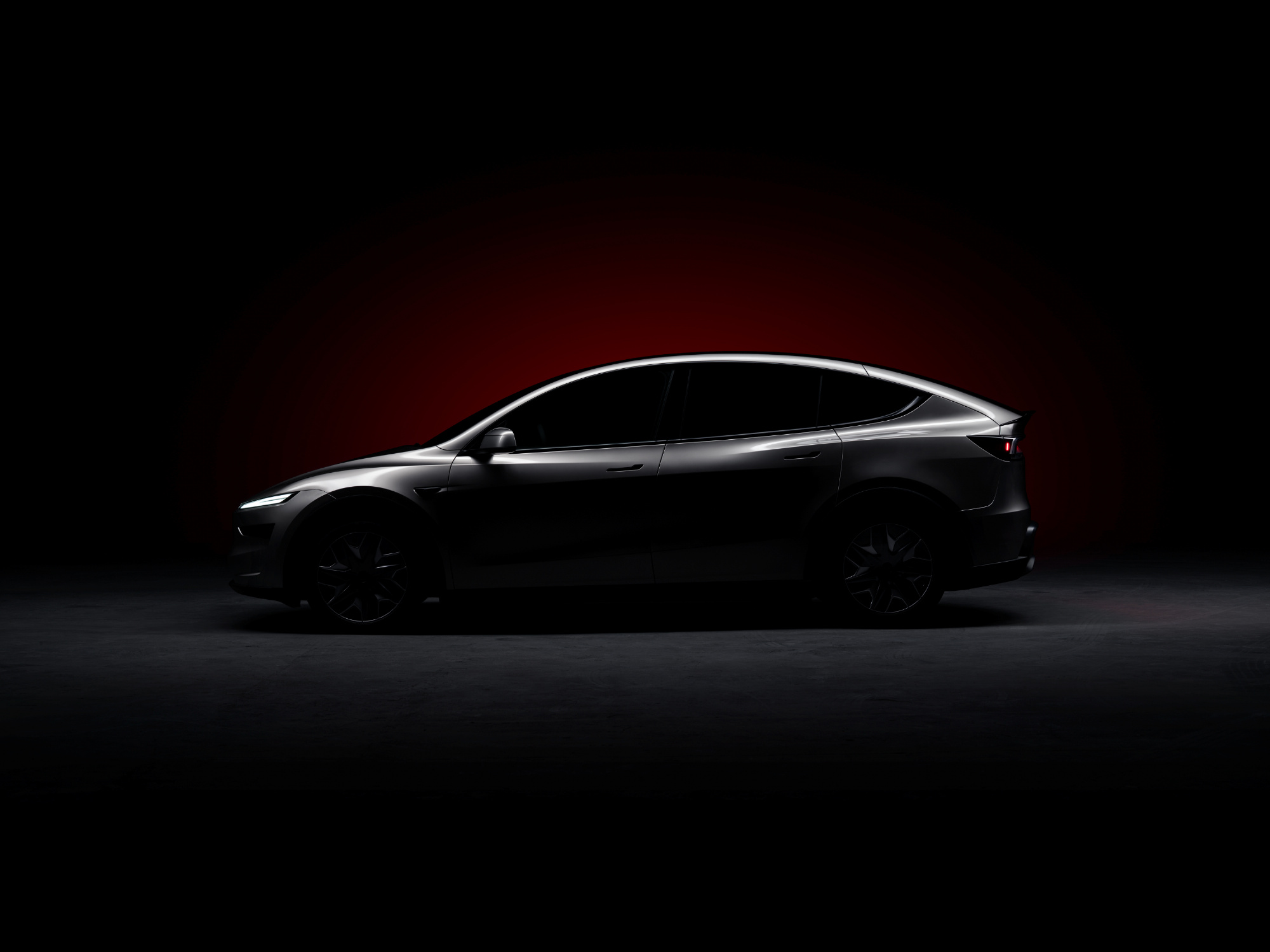
Tesla’s long-wheelbase Model Y L has seemingly been spotted in Europe, signaling its upcoming debut outside China. A lightly camouflaged prototype was seen at a charging station near Germany’s Nürburgring, hinting that the extended wheelbase crossover will make its way to European markets after its expected September launch in China.
The Model Y L
The Model Y L, which will be offered in a six-seat configuration, is expected to add roughly 178 mm (7 inches) to the overall length of the standard Model Y, with 152 mm (6 inches) dedicated to stretching the wheelbase, as noted in an autoevolution report. This design tweak should unlock more third-row space, and it should be enough to rival the rear seating comfort of the much more expensive Model X, which can no longer be ordered in Europe.
While initially mistaken for a Model Y Performance during testing, the prototype’s extended rear door cutout and 19-inch wheels, which were unusual for a Performance variant, suggested that the covered unit was actually the Model Y L. The prototype’s wheels, if any, match those listed in China’s Ministry of Industry and Information Technology (MIIT) filing for the upcoming Model Y L.
Model Y L production
Tesla is expected to build the Model Y L at Giga Shanghai for the Chinese market initially, though speculations are high that the vehicle will also be built at Giga Berlin in Germany, as well as the Fremont Factory and Giga Texas in the United States. Recent reports have suggested that the Model Y L’s production in China has already begun, and sales there are slated to start in September.
Considering the Model Y L’s lower entry price compared to the flagship Model X, the upcoming extended wheelbase crossover could quickly become Tesla’s new premier SUV for families needing extra passenger capacity, at least without stepping into the premium pricing bracket of the Model X.
News
Tesla fans are urging Elon Musk to file a lawsuit against fake “disabled” Cybertruck video
As per Tesla supporters, enough is enough,
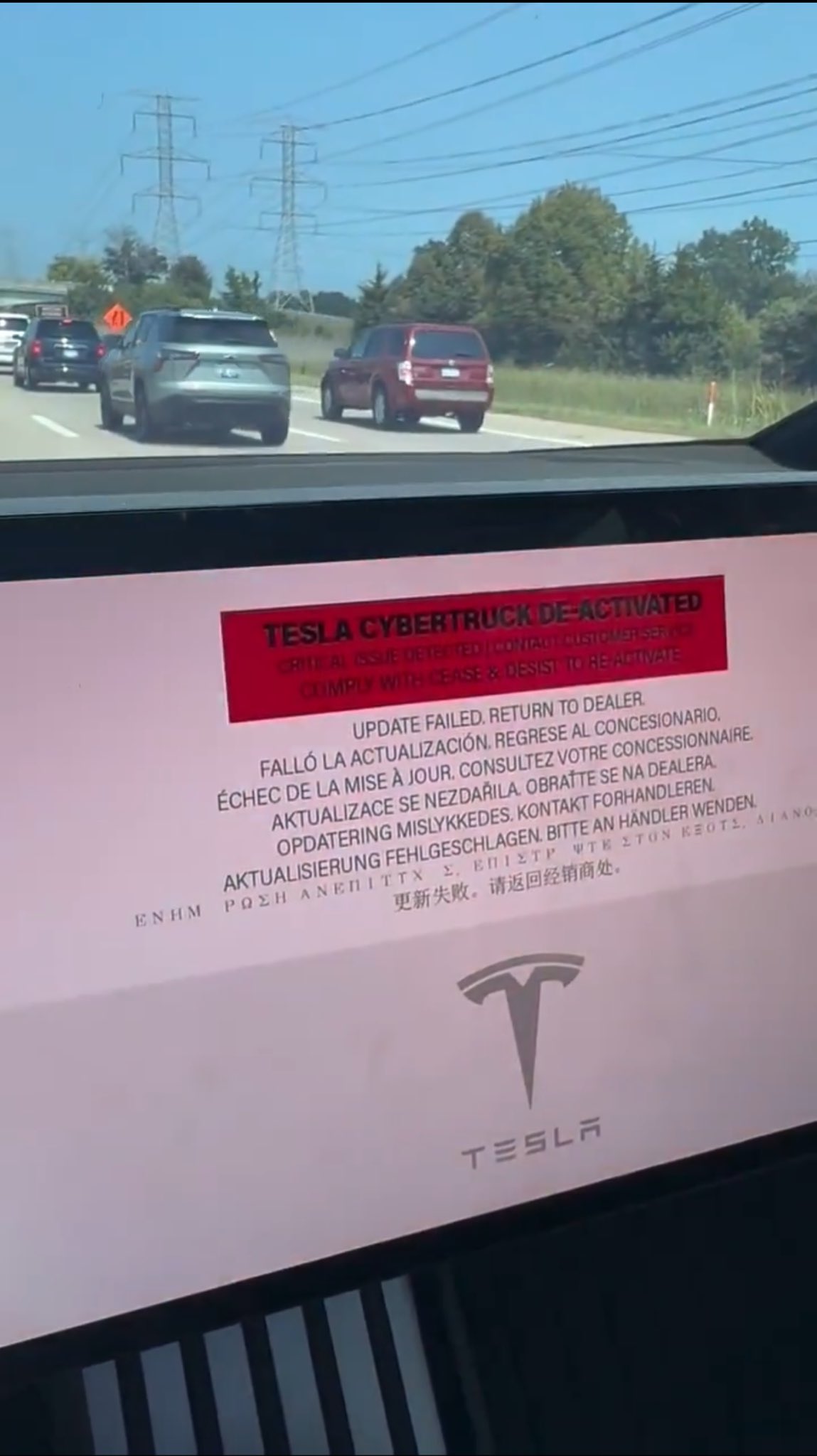
Tesla supporters and retail investors are urging CEO Elon Musk and the electric vehicle maker to pursue legal action against a rapper who faked a video of a Cybertruck that was reportedly disabled remotely by the company.
As per Tesla supporters, enough is enough.
The fake video
American rapper Big Huey made headlines over the weekend when he claimed that his Cybertruck had been deactivated by Tesla. The rapper claimed that Tesla had remotely disabled his Cybertruck unless he complied with a cease-and-desist letter over a song he made about the all-electric pickup truck. In his video, the rapper even claimed that he was “stranded as f*ck” because he could not move his Cybertruck.
The video itself was immediately flagged by longtime Tesla watchers as fake. It did not take long before Tesla itself posted a clarification on its official X account stating that the rapper’s viral video was indeed fake. By this time, however, the rapper’s claims have already made their way across the internet.
Enough is enough
A look at the comments on Tesla’s clarification post shows that a good number of EV enthusiasts and retail investors are urging the company to pursue legal action against the rapper. One of the rapper’s videos, after all, featured an alleged cease-and-desist letter that featured what appeared to be a forged signature from a Tesla Legal executive. Others also noted that it is high time for Tesla to fight back more assertively against fake videos and allegations.
While Tesla North America tends to be a punching bag of sorts for false claims, the company has been adopting a more assertive approach to defend its reputation in other countries. These include China, which has proven to be very assertive when it comes to defending its legal interests and reputation. This has worked well for Tesla China, so it is no wonder that investors are now clamoring for a similar legal approach in the United States.
News
Tesla launches record-breaking 830 km CLTC range Model 3 in China
The long-range rear-wheel-drive Model 3 is expected to begin deliveries in September.
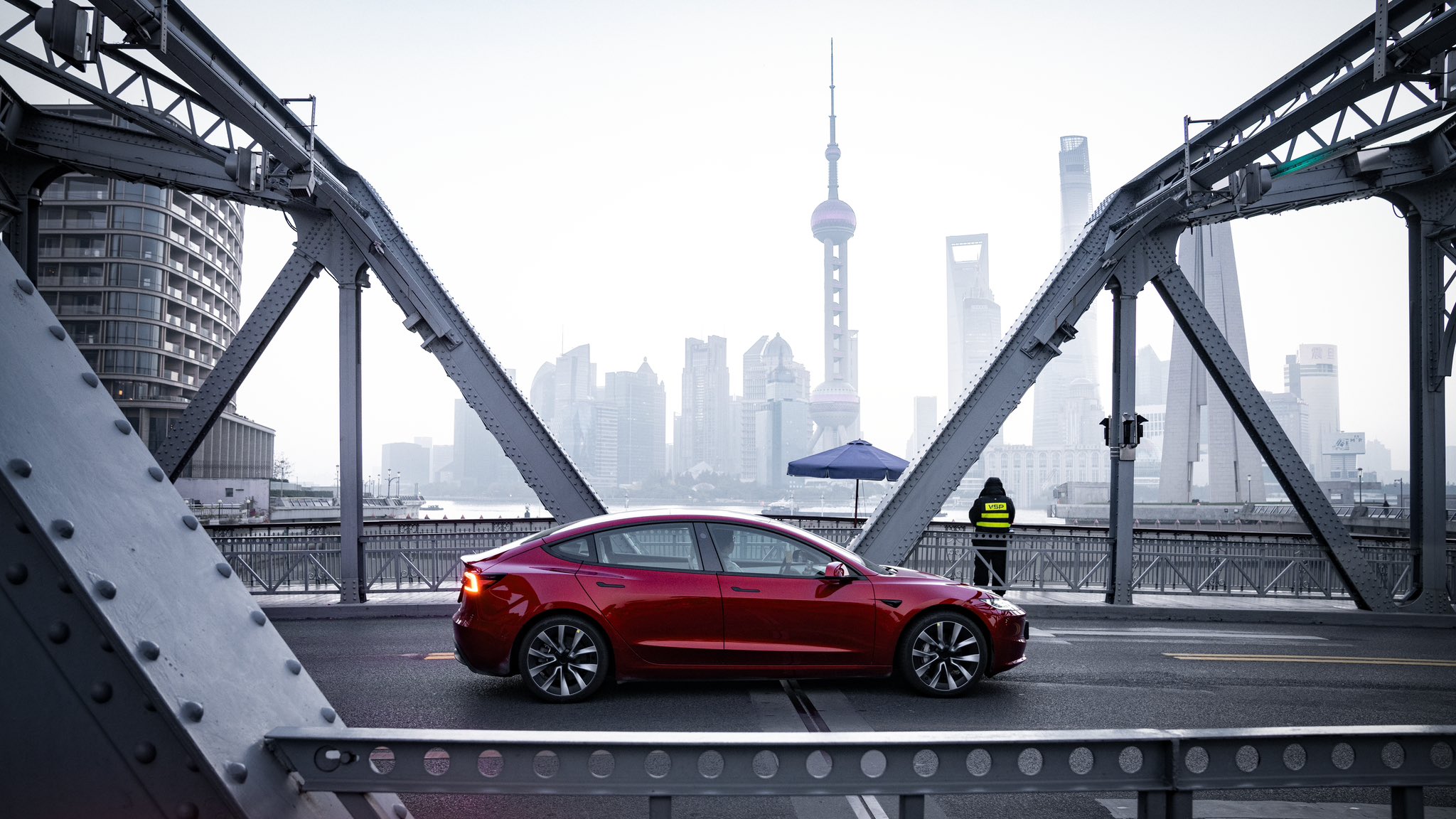
Tesla has officially unveiled its longest-range vehicle to date in China: a new Model 3 variant capable of traveling up to 830 CLTC kilometers (515 miles) on a single charge.
Priced from RMB 269,500 ($37,490), the single-motor, long-range rear-wheel-drive Model 3 is expected to begin deliveries in September.
The new Model 3 RWD at a glance
Equipped with a 78.4 kWh battery pack from LG Energy Solution, the new Model 3 variant surpasses the current Model 3 long-range all-wheel-drive version’s 753 CLTC-kilometer (468-mile) range and sets a new benchmark for the company’s global lineup. It can accelerate from 0 to 100 km/h in 5.2 seconds and has a top speed of 200 km/h.
The launch expands Tesla’s Model 3 offerings in China to four versions. The lineup now includes the entry-level rear-wheel drive variant, which is powered by CATL lithium iron phosphate batteries and starts at RMB 235,500, as well as the dual-motor long-range all-wheel-drive and performance all-wheel-drive versions priced at RMB 285,500 and RMB 339,500, respectively.
Improved range upgrades
Tesla confirmed on Weibo that all Model 3 versions in China have now received range upgrades this year, part of a broader strategy to refresh its lineup. The company is launching the new variant amid intensifying competition in China’s electric vehicle market.
From January to July, Tesla delivered 304,027 vehicles in China, a 6.32 percent decline year-on-year. The drop was driven largely by the Model Y’s sales of 202,257 units, which fell 17.15%, as noted in a CNEV Post report. The Model 3’s sales rose 26.54% to 101,770 units during the same period. To boost sales, Tesla is offering incentives on most Model 3 trims, including five years of interest-free financing, an RMB 8,000 discount on paint, and an RMB 8,000 insurance subsidy, among others.
-
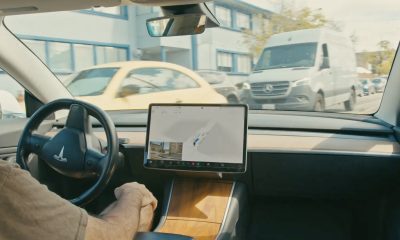
 Elon Musk6 days ago
Elon Musk6 days agoElon Musk teases crazy new Tesla FSD model: here’s when it’s coming
-
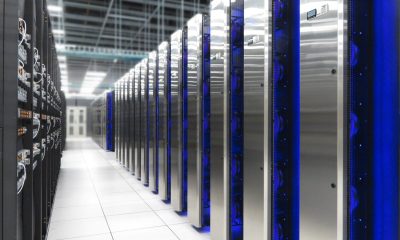
 Elon Musk3 days ago
Elon Musk3 days agoElon Musk confirms Tesla AI6 chip is Project Dojo’s successor
-
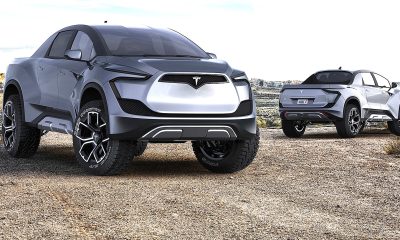
 News2 weeks ago
News2 weeks agoTesla hints a smaller pickup truck could be on the way
-
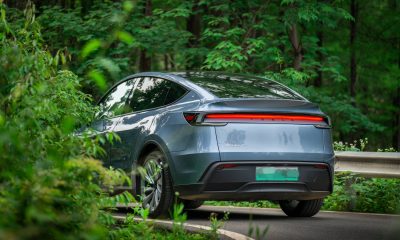
 News3 days ago
News3 days agoTesla Model Y L reportedly entered mass production in Giga Shanghai
-
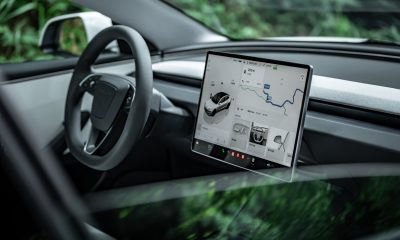
 Elon Musk4 days ago
Elon Musk4 days agoTesla CEO Elon Musk details massive FSD update set for September release
-

 News2 weeks ago
News2 weeks agoElon Musk highlights Tesla Model Y’s most underrated feature
-
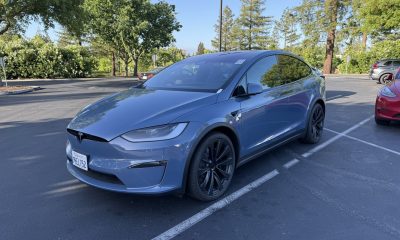
 News2 weeks ago
News2 weeks agoTesla takes first step in sunsetting Model S and X with drastic move
-
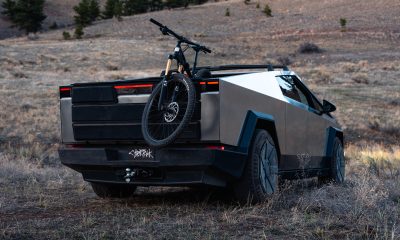
 Cybertruck3 days ago
Cybertruck3 days agoTesla’s new upgrade makes the Cybertruck extra-terrestrial

